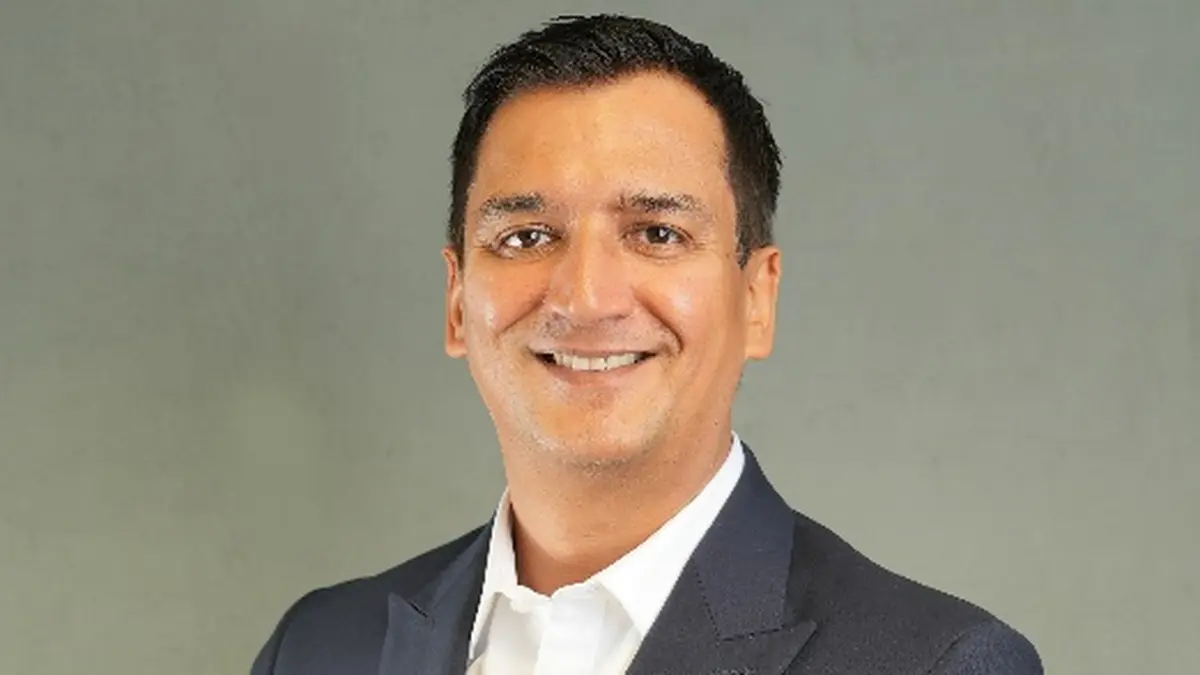
The onward journey for 12-year-old BPL Medical Technologies is to increase its share of products developed inhouse, from 20 per cent to about 35 per cent by 2030, says Managing Director Shravan Subramanyam.
The transition started about two years ago, to move from “a trading company to an innovative manufacturing company,” says Subramanyam, appointed MD in April. Having been with multinationals and large companies including Roche and Wipro GE Healthcare, Subramanyam says, BPL Medical Technologies operates with the energy of a start-up. At present, “about 20 per cent of our products are already made fully in-house… that will increase substantially. Here we develop our products in-house, in partnership and collaboration with some third parties as required,” he added.
By 2030, “at least one third of our products, 30 to 35 percent of our products should be homegrown,” Subramanyam told businessline, as the company looks to grow organically, through licensing opportunities and acquisitions, as well. The company has two manufacturing facilities in Karnataka and Kerala and looks to end March 2026 with revenues of about ₹600 crore (from ₹500 crore last year). The goal is to have “significant own products and IP (intellectual property) driven innovation, our own manufacturing and assembly capabilities, and then eventually serve markets outside India,” said Subramanyam. The challenge, he adds, is in “completely changing the DNA of the organisation from being trading to innovating.”
Going digital
The med-tech company makes x-ray machines, monitors, anaesthesia machines and ECG machines, and the aim is to add digital solutions. “So, it’s not just the hardware … but the ability to do remote monitoring, to connect multiple instruments. So, for example, if we’re setting up in an ICU, we’re not just setting up the monitors and the ventilators, but we’re also able to connect the entire ecosystem so that we can provide clinical intelligence to the intensivist or the cardiologist or the medical team” he explains.
AI-enabled products are also on their radar, he said. In radiology, for example, “we’ll be looking at embedding AI capabilities to help the clinician with their workflow to make their decision-making faster and more accurate. We are embedding those into our system and we’ll be launching those within the next one or two quarters,” he added. So doctors can get a digital image with interpretation and annotations to help diagnosis, though the final sign-off will and always be done by a radiologist, he explains. Such products enhance access for the end user/ patient, besides the hospital — without adding too much in terms of infrastructure and specialised manpower costs, he says.
The roll-out is expected by the end of this financial year or early next financial year, he said, on the AI-enabled radiology. The connected ICU product is already in pilot stage and is expected to launch by the end of this calendar year, he said. Besides radiology and imaging, the company is also looking at critical care, diagnostic cardiology and maternal and infant care, for digital solutions. Separately, the company also has consumer health products including the BP apparatus and oxygen concentrators, he said, of the portfolio that combines products that are “fully imported, some of them are assembled by us and some of them are made from scratch … across all categories, we have a combination of manufactured versus traded.”
Published on September 15, 2025
Original source: in